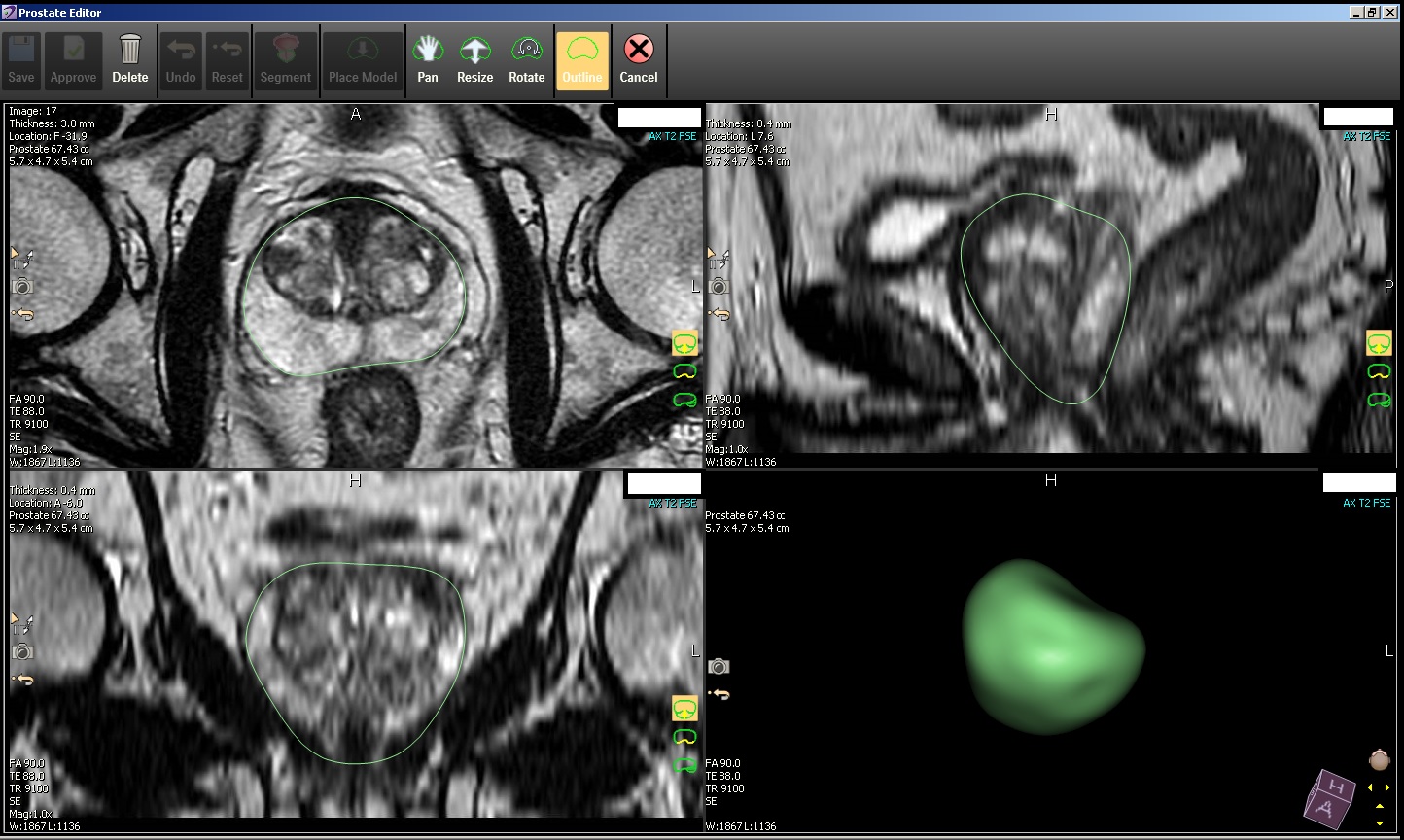
Prostate Cancer Awareness Month
September is here – and while it looks a little different in 2020, we can be sure that some things will be the same. Days are shortening, leaves are beginning to change colors, pumpkin flavors are out with a vengeance and this is the month where we focus on promoting awareness of prostate cancer.
Prostate cancer is an insidious, often symptom-free disease. Cancer of this small reproductive gland at the base of the urinary bladder is the leading cause of cancer in men and the second leading cause of death from cancer in men. Prostate cancer affects 1 in 7 men. The risk is higher for African American men, and the risk grows higher as men age. Because prostate cancer often does not cause symptoms, regular screenings for the disease are an important part of a proactive health plan.
Screening for prostate cancer primarily consists of a physical examination of the prostate and a blood test for prostate specific antigen (PSA) which can be elevated for many different reasons, including prostate cancer. Screening is used to try to find cancer when it is small and treatable, and before causing symptoms. When you should be screened is somewhat controversial, but many national organizations recommend that you begin the discussion about screening with your healthcare provider by age 45.
Because of the higher risk in African American men, starting that discussion about screening earlier, at age 40, is reasonable. Family history and genetics also play a role in prostate cancer. If you have a family history of prostate cancer or a family history of other cancers including breast, ovarian, colon or pancreatic, your risk for prostate cancer may be higher than average. In these cases, screening at a younger age is recommended, often by age 40. Genetic counseling and assessment may be appropriate for some.
The diagnosis of prostate cancer is made with a needle biopsy of the gland. The biopsy is often guided by ultrasound with special probes which are inserted into the rectum.

MRI is also now used in the assessment of patients with abnormal PSA values, particularly those men who have had an elevated PSA level and undergone a biopsy with negative results. Those patients and others benefit from the amazing detail we can get with MRI. MRI is being used to try to find the cancers that are most likely to cause harm to the patient. With the use of multiple different images and views, we, your radiologists, can highlight the most suspicious areas and direct a biopsy to that most suspicious site. This newest technology is changing the field of prostate cancer diagnosis and screening and will undoubtedly be used more frequently in the years to come. The MRI typically uses an injection of IV contrast and is considered painless for most men.
So, this September, take time to make sure you and your loved ones are up to date on your screening tests. The men in our lives may need a gentle reminder that proactive and preventive care is more important than ever. Cancer is not taking a break – even in the midst of the global Coronavirus pandemic we need to make sure we are not delaying tests that could potentially save lives.





